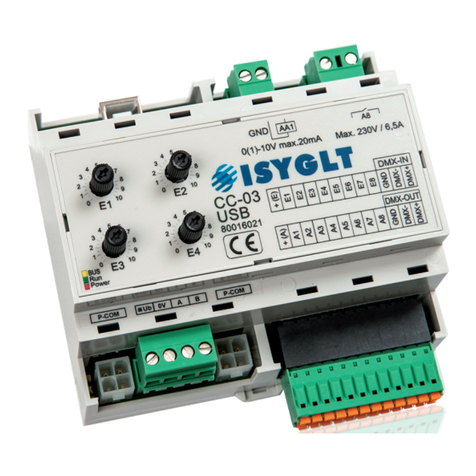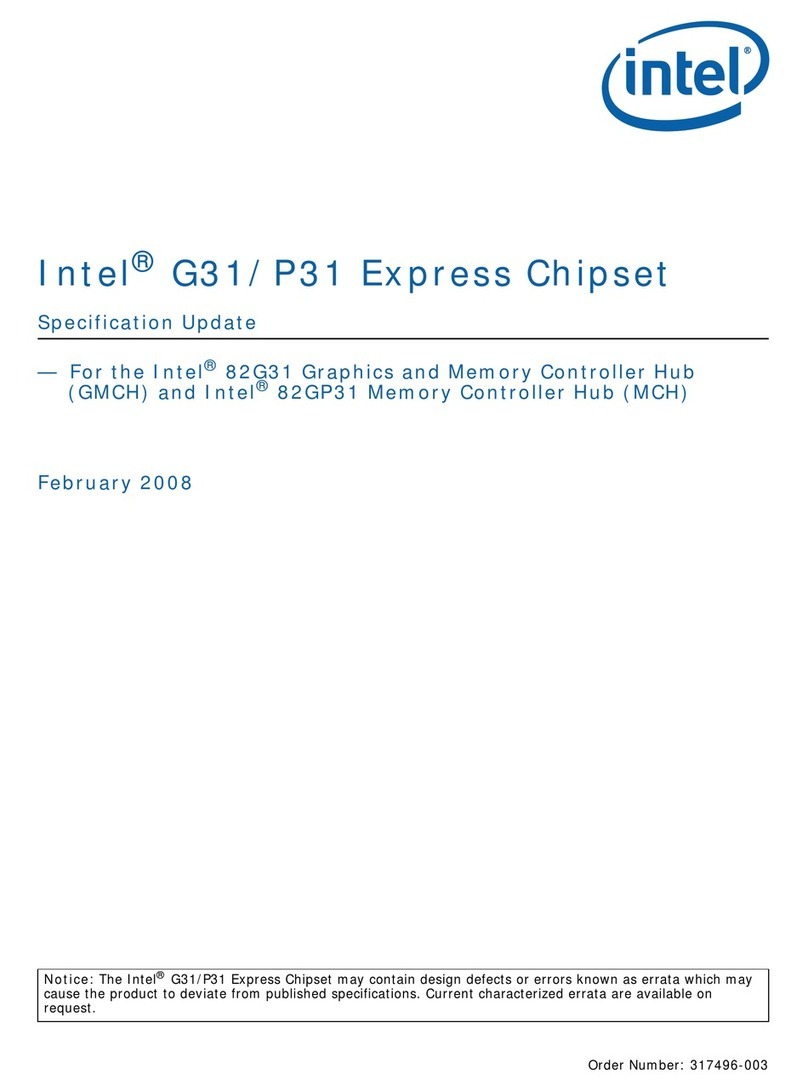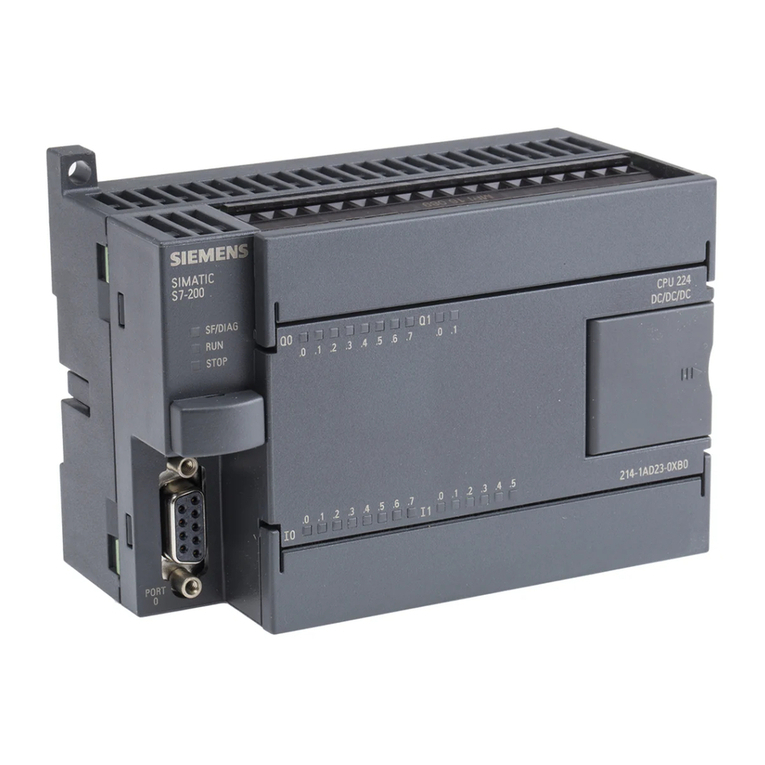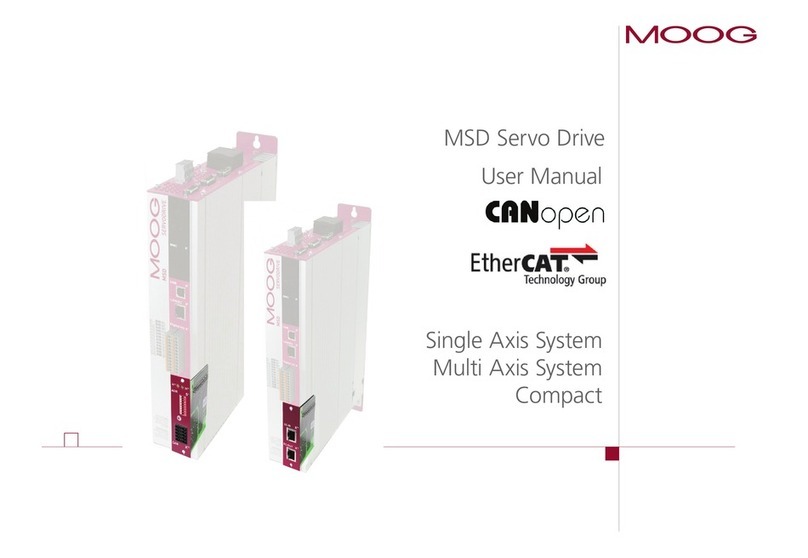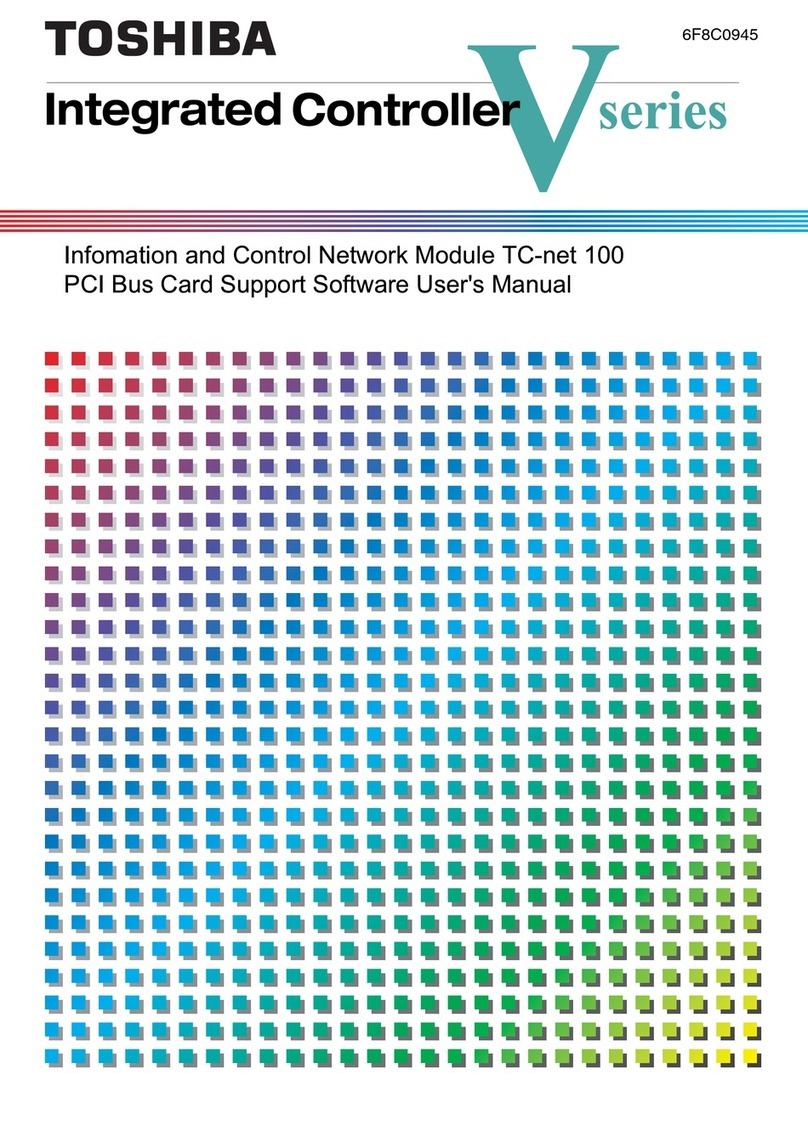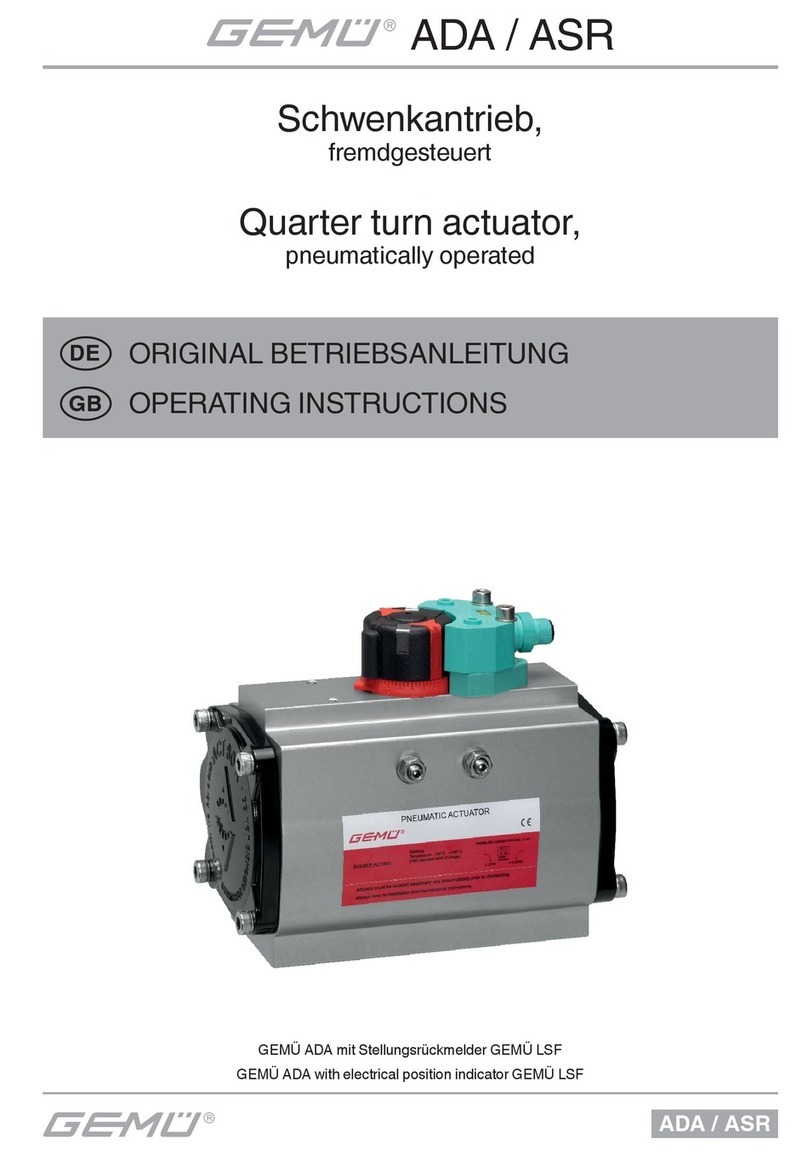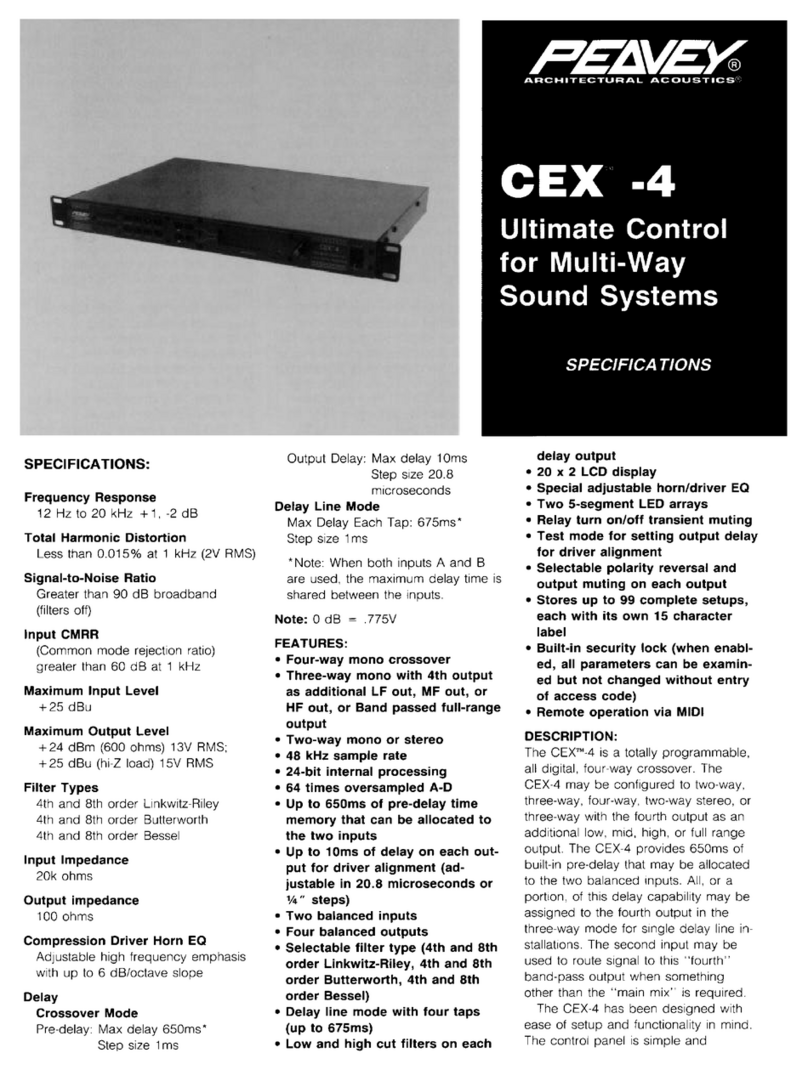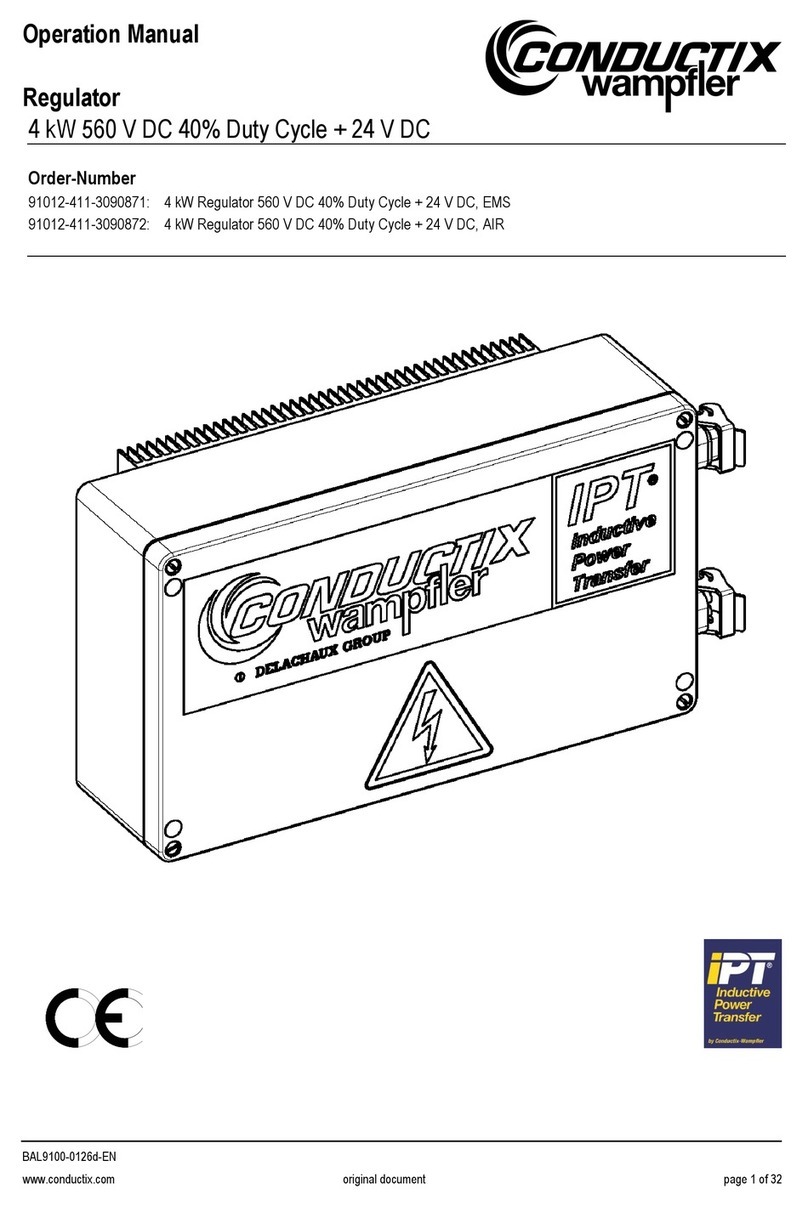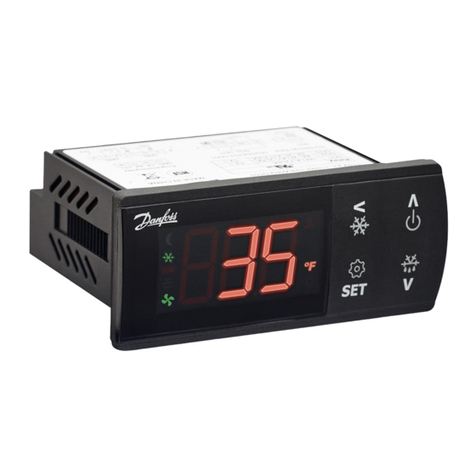ELSTO PT2-010 Series User manual

Power, Control &
Green Solutions
elsto.eu
T+31(0)88 7865200
Einfo@elsto.eu
English
Porter Series Controllers
PT2-05 / PT2-010 / PT2-010XX/XXX
Instruction Manual

ELSTO Drives & Controls Voorhout • Rotterdam • Weert • Hoogerheide • België T+31(0)88 7865200 E[email protected] Welsto.eu
ELSA010000-004 DRAFT 1
2
Section Page
1. Models ....................................................... 3
2. Do's and Don’ts ......................................... 3
3. Wiring ......................................................... 3
4. Power Connections .................................... 4
5. Throttle wiring ............................................. 4
Section Page
6. Battery and Motor Current ........................ 5
7. Mounting .................................................. 5
8. Dismantling ............................................... 6
9. Service ..................................................... 6
10. Specifications ........................................... 7
Index

ELSTO Drives & Controls Voorhout • Rotterdam • Weert • Hoogerheide • België T+31(0)88 7865200 E[email protected] Welsto.eu
ELSA010000-004 DRAFT 1
3
1. Models
The Porter is a simple, single direction controller designed for electric bicycles, golf caddies, small material handling machines, electric
wheelbarrows and other similar applications.
It has extremely simple wiring and operates over a wide battery voltage range (12v to 48v) so it is a very versatile controller. It also
accepts either a Hall effect throttle or a resistive potentiometer.
2. Do’s and Don’ts
Do not
• Do not allow the pot wires to short to ground or B+. This could
damage the controller.
• Do not allow water to enter the controller or contact the board.
• Do not turn acceleration or deceleration adjustments fully
clockwise (fast), we suggest no further than 9 o'clock (diagram
shows them central at 6 o'clock).
Do
• Do read the instructions thoroughly before installing the
controller.
• Do fit motor suppression components [see our website for
details].
• Do twist the motor wires together if possible.
• Do use proper 6.3mm push-on connectors. Elsto can supply a
suitable lead set.
• Do be aware that motor current is (sometimes much) greater
than battery current.
3. Wiring
Just seven connections are needed and are shown in the diagram below.
Motor + (internally connected to Battery +)
Motor -
Battery +
Battery -
3 wires for speed pot and ignition.
Porter 5-10-10XXX V2.4 07/19 Page 3 www.4qd.co.uk
3. Wiring
Just seven connections are needed and are shown in the diagram below.
Motor + (internally connected to Battery +)
Motor -
Battery +
Battery -
3 wires for speed pot and ignition.
Figure 1: Porter Wiring

ELSTO Drives & Controls Voorhout • Rotterdam • Weert • Hoogerheide • België T+31(0)88 7865200 E[email protected] Welsto.eu
ELSA010000-004 DRAFT 1
4
4. Power Connections
2.5mm² cable is adequate for most applications of the Porter 5, but 4mm2 or 6mm2 may be preferred, especially for the motor and for
the Porter 10.
Caution Take care when connecting the battery and motor wiring - connecting a battery wire to a motor terminal can destroy the
controller.
Motor Wiring
If the motor rotates in the wrong direction, exchange M+ and M- wires.
We recommend keeping the motor wires close together, and if possible twisting them together. If one is not already fitted, we also
recommend fitting a 10nF 100V disc ceramic motor suppression capacitor across the brushes of the motor.
Battery Wiring
Keep the battery wiring as short as possible. The Porter is protected against reversed battery (60v max) but will not work with the
battery reversed. Again, keep the motor wires close together and twisted together if possible.
Battery Circuit Breaker or Fuse
A circuit breaker or fuse is advised in the battery connections, to act as an emergency disconnect in the event of a fault in wiring or any
other component. In some applications such a circuit breaker is a legal requirement. A sensible rating for this breaker is the same as the
motor's continuous current. Otherwise a 30 amp breaker should be adequate for most uses with the Porter 5 or 60 amp with the Porter
10.
5. Throttle Wiring
Connections
Pin FunctionA 1k5 resistor to pin B
B 0v (internally connected to battery –ve via reverse polarity protection MOSFET)
C Speed voltage from pot (1-4V)
D 5V. This can feed up to 10mA at a battery voltage of 24V or lower.
E 1k5 resistor to pin D
10k Pot
Connects to pins A, C and E.
The ignition switch may be separate or a switched pot can be used.
Other pot values between 5k and 25k can be used, but be aware you
may need to use resistors [either the internal ones or external] to get
an input voltage between 1V & 4V to avoid dead areas at the top and
bottom of the pot travel. The ideal value of the resistors is 1/3 of the
pot value.
Magura Throttle
The Magura throttle, as supplied by Elsto is 5k. Be aware that the
wires on the Magura are slightly oversize for the IDC connector, we
recommend using a short length of 7 x 0.2mm cable as an adaptor to
prevent the pins of the connector shorting out.
Hall Effect Throttle
Connects to pins B, C and D. Pin D has 5v present to feed the pot
top. It should be the type than gives 1v at zero speed and 4v at full
speed. Some throttles are reversed and will not be suitable. Max Hall
current 10mA, for use on 12v and 24v only as standard [Hall throttles
can be used above 24v if a suitable resistor is added in series with
pin D]. There are many makes of Hall effect throttle and wiring colours
are not standardised.
Porter 5-10-10XXX V2.4 07/19 Page 4 www.4qd.co.uk
4. Power Connections
2.5mm² cable is adequate for most applications of the Porter 5, but 4mm2or 6mm2
may be preferred, especially for the motor and for the Porter 10.
Caution Take care when connecting the battery and motor wiring - connecting a
battery wire to a motor terminal can destroy the controller.
Motor Wiring
If the motor rotates in the wrong direction, exchange M+ and M- wires.
We recommend keeping the motor wires close together, and if possible twisting
them together. If one is not already fitted, we also recommend fitting a 10nF 100V
disc ceramic motor suppression capacitor across the brushes of the motor.
Battery Wiring
Keep the battery wiring as short as possible. The Porter is protected against
reversed battery (60v max) but will not work with the battery reversed. Again, keep
the motor wires close together and twisted together if possible.
Battery Circuit Breaker or Fuse
A circuit breaker or fuse is advised in the battery connections, to act as an
emergency disconnect in the event of a fault in wiring or any other component. In
some applications such a circuit breaker is a legal requirement.
A sensible rating for this breaker is the same as the motor's continuous current.
Otherwise a 30 amp breaker should be adequate for most uses with the Porter 5 or
60 amp with the Porter 10.
5. Throttle Wiring
Connections
Pin Function
A 1k5 resistor to pin B
B 0v (internally connected to battery –ve via reverse polarity protection
MOSFET)
C Speed voltage from pot (1-4V)
D 5V. This can feed up to 10mA at a battery voltage of 24V or lower.
E 1k5 resistor to pin D
10k Pot
Connects to pins A, C and E.
The ignition switch may be
separate or a switched pot can
be used.
Other pot values between 5k
and 25k can be used, but be
aware you may need to use
resistors [either the internal
Porter 5-10-10XXX V2.4 07/19 Page 5 www.4qd.co.uk
ones or external] to get an input voltage between 1V & 4V to avoid dead areas at
the top and bottom of the pot travel. The ideal value of the resistors is 1/3 of the pot
value.
Magura Throttle
The Magura throttle, as supplied by
4QD is 5k. Be aware that the wires
on the Magura are slightly oversize
for the IDC connector, we
recommend using a short length of
7 x 0.2mm cable as an adaptor to
prevent the pins of the connector
shorting out.
Hall Effect Throttle
Connects to pins B, C and D. Pin D has
5v present to feed the pot top.
It should be the type than gives 1v at
zero speed and 4v at full speed. Some
throttles are reversed and will not be
suitable. Max Hall current 10mA, for
use on 12v and 24v only as standard
[Hall throttles can be used above 24v if
a suitable resistor is added in series with
pin D]. There are many makes of Hall
effect throttle and wiring colours are not standardised.
Ignition Switch
An ignition switch should be connected in the pot or throttle circuit to switch off the
controller when not in use. Without this switch the controller is still powered up and
drains about 17mA from the battery.
When ignition is switched off, the controller will ramp the motor down to zero speed
(at whatever deceleration rate you have set) and then switch itself off.
Voltage Input
The Porter may be fed from a voltage
source between 1V and 4V. This can
be PWM supplied from a
microcontroller or even 4QD's own
DMR-203 radio control interface. The
controller will react to the DC average
value of the applied waveform. A 10K
resistor is required to activate the
internal ignition, connected as shown.
More details of how to control the Porter from a microcontroller are in the
knowledgebase on our website.

ELSTO Drives & Controls Voorhout • Rotterdam • Weert • Hoogerheide • België T+31(0)88 7865200 E[email protected] Welsto.eu
ELSA010000-004 DRAFT 1
5
Ignition Switch
An ignition switch should be connected in the pot or throttle circuit to switch off the controller when not in use. Without this switch the
controller is still powered up and drains about 17mA from the battery.
When ignition is switched off, the controller will ramp the motor down to zero speed (at whatever deceleration rate you have set) and
then switch itself off.
Voltage Input
The Porter may be fed from a voltage source between 1V and 4V. This can be PWM
supplied from a microcontroller or even Elsto's own DMR-203 radio control interface.
The controller will react to the DC average value of the applied waveform. A 10K
resistor is required to activate the internal ignition, connected as shown.
More details of how to control the Porter
from a microcontroller are in the
knowledgebase on our website.
Adjustments
There are two adjustments as shown on page 3. These control the rates at which the motor accelerates and decelerates. Optimum
setting depends on your machine but do not choose too fast a rate or you may get jerky and unsafe performance.
Pot Fault Protection
The Porter incorporates protection such that it will not fail to full speed if the pot goes faulty or a wire brakes. However if the pot zero
wire breaks, then the controller will ramp down very slowly to zero speed and, as it does this, the speed pot will have little effect. If this
happens, use the ignition switch to ramp down at whatever rate you have the deceleration ramp set to.
6. Battery and Motor Current
Be aware that, except at full speed, the battery current will be less than the motor current, and the motor voltage less than the battery
voltage.
The motor current times the motor volts is the same as battery current times the battery volts.
At full speed, motor current should not exceed 100 amps, and that not for long, or the reverse battery MOSFET will be destroyed,
damaging the circuit board. The instantaneous motor current limit is much higher than this on the Porter 10.
Porter 5-10-10XXX V2.4 07/19 Page 5 www.4qd.co.uk
ones or external] to get an input voltage between 1V & 4V to avoid dead areas at
the top and bottom of the pot travel. The ideal value of the resistors is 1/3 of the pot
value.
Magura Throttle
The Magura throttle, as supplied by
4QD is 5k. Be aware that the wires
on the Magura are slightly oversize
for the IDC connector, we
recommend using a short length of
7 x 0.2mm cable as an adaptor to
prevent the pins of the connector
shorting out.
Hall Effect Throttle
Connects to pins B, C and D. Pin D has
5v present to feed the pot top.
It should be the type than gives 1v at
zero speed and 4v at full speed. Some
throttles are reversed and will not be
suitable. Max Hall current 10mA, for
use on 12v and 24v only as standard
[Hall throttles can be used above 24v if
a suitable resistor is added in series with
pin D]. There are many makes of Hall
effect throttle and wiring colours are not standardised.
Ignition Switch
An ignition switch should be connected in the pot or throttle circuit to switch off the
controller when not in use. Without this switch the controller is still powered up and
drains about 17mA from the battery.
When ignition is switched off, the controller will ramp the motor down to zero speed
(at whatever deceleration rate you have set) and then switch itself off.
Voltage Input
The Porter may be fed from a voltage
source between 1V and 4V. This can
be PWM supplied from a
microcontroller or even 4QD's own
DMR-203 radio control interface. The
controller will react to the DC average
value of the applied waveform. A 10K
resistor is required to activate the
internal ignition, connected as shown.
More details of how to control the Porter from a microcontroller are in the
knowledgebase on our website.
7. Mounting
Porter 5-10-10XXX V2.4 07/19 Page 6 www.4qd.co.uk
Adjustments
There are two adjustments as shown on page 3. These control the rates at which
the motor accelerates and decelerates. Optimum setting depends on your machine
but do not choose too fast a rate or you may get jerky and unsafe performance.
Pot Fault Protection
The Porter incorporates protection such that it will not fail to full speed if the pot
goes faulty or a wire brakes. However if the pot zero wire breaks, then the
controller will ramp down very slowly to zero speed and, as it does this, the speed
pot will have little effect. If this happens, use the ignition switch to ramp down at
whatever rate you have the deceleration ramp set to.
6. Battery and Motor Current
Be aware that, except at full speed, the battery current will be less than the motor
current, and the motor voltage less than the battery voltage.
The motor current times the motor volts is the same as battery current times the
battery volts.
At full speed, motor current should not exceed 100 amps, and that not for long, or
the reverse battery MOSFET will be destroyed, damaging the circuit board. The
instantaneous motor current limit is much higher than this on the Porter 10.
7. Mounting
The flat aluminium plate should be bolted onto the metalwork of the machine to act
as an additional heatsink, as shown above.
Mounting holes are 43.2mm apart and are 4.2mm diameter for M4 screws. The
current the Porter gives reduces as the MOSFET (heatsink) temperature increases,
so a large, thick heatsink, with good air-flow, will increase the length of time high
current can be used. Heatsink compound (thermal paste) should be used between
the Porter's own heatsink and your additional one to increase heat flow between
them, especially at high currents.
The flat aluminium plate should be bolted onto the metalwork of the machine to act as an additional heatsink, as shown above.
Mounting holes are 43.2mm apart and are 4.2mm diameter for M4 screws. The current the Porter gives reduces as the MOSFET
(heatsink) temperature increases, so a large, thick heatsink, with good air-flow, will increase the length of time high current can be used.
Heatsink compound (thermal paste) should be used between the Porter's own heatsink and your additional one to increase heat flow
between them, especially at high currents.

ELSTO Drives & Controls Voorhout • Rotterdam • Weert • Hoogerheide • België T+31(0)88 7865200 E[email protected] Welsto.eu
ELSA010000-004 DRAFT 1
6
The length of time for which maximum current can be drawn is limited by the speed with which heat can be removed from the integral
heatsink to the extra heatsink. As a rule-of-thumb, the heatsink should not be allowed to get too hot to touch.
Water Resistance
The box is not sealed, so some thought must be given to mounting it if water is likely to get at it. The box is best mounted horizontally
but guard against water falling on the connectors or running down leads and thus into the connectors.
8. Dismantling
Remove the two cover fixing screws (shown on page 3). Pull the cover away from the heatsink. The cover can now be slid off the 5 way
connector.
Re-assembly is the reverse of this. Make sure the cover is correctly aligned with its plastic base and push firmly together at the heatsink
end - the board is a close fit into the cover.
If you ever need to remove the heatsink from the PCB please be sure to note carefully the arrangement of the black and white insulating
washers. After reassembly make sure there is no connection between the heatsink and the centre pins of all the MOSFETs.
9. Service
In the event of any problem please contact us before returning a suspect controller.
Please include a completed returns form with the returned controller [see website].
Details of service charges are on the website.
Warranty
All our controllers have a warranty against defective manufacturing for 12 months from the date of shipment. The warranty doesn’t
cover damage caused by incorrect installation.

ELSTO Drives & Controls Voorhout • Rotterdam • Weert • Hoogerheide • België T+31(0)88 7865200 E[email protected] Welsto.eu
ELSA010000-004 DRAFT 1
7
10. Specifications
Model Porter 5 Porter 10
Nominal voltage range V 12 – 48
Minimum / maximum voltage V 10 – 55
Motor current A [max] 95 190
Motor current A [1 minute] 75 120
Motor current A [continuous] 50 [depends on
mounting / cooling]
100 [depends on
mounting / cooling]
Regen braking Y
Dimensions [mm] 136 x 62 x 35
Weight [g] 140
Power connections 6.3mm push-on blades
Input 5k to 25k pot, 0 – 4V, Hall effect 6mA max @48V
Reverse polarity protection Y
Overvoltage protection Y [68V]
Under voltage protection Y [8V]
Pot fault protection Y [>50k]
Current limit – drive Y
Ramping Acceleration and deceleration adjustable between
0.1S and 5S
Power down state (motor) Diode
Ignition, Electronic pot
Heatsink Basic integral
Switching frequency 20 kHz
Quadrants 2

Branches elsto.eu
ELSTO Drives
Loosterweg 7
2215 TL Voorhout - NL
T+31(0)88 7865200
• Engineering and production of bespoke
transmission systems.
ELSTO Controls
Carolus Clusiuslaan 1
2215 RV Voorhout - NL
T+31(0)88 7865800
• Engineering and production of
control solutions and control boxes.
• Sales of frequency inverters, servo drives
and integral control systems.
STOLK Services
Voltweg 20
4631 SR Hoogerheide - NL
T+31(0)88 7865400
• Maintenance Repair Overhaul.
• Preventive and corrective maintenance of
transmissions on industrial plants.
• Overhaul of generator sets.
• Specialist in ATEX maintenance.
• Regional Sales of electro mechanical
transmissions and inverters.
ELSTO Services
Copernicusstraat 9 C
6003 DE Weert - NL
T+31(0)88 7865460
• Regional Sales of electro mechanical
transmissions and inverters.
• Repair, Overhaul and maintenance of all
makes and types of transmission
components.
• Maintenance Repair Overhaul.
• Winding an balancing of electric motors.
• Sales in België and Luxemburg of
electro mechanical transmissions
(motors, reductors, linear drives and
components) and inverters.
• Engineering and production of bespoke
transmission systems.
ELSTO Belgium
(formerly BOEKHOLT)
T+32(0)3 355 1010
ELSTO Drives & Lifting
Strickledeweg 96
3044EL Rotterdam - NL
T+31(0)88 7865600
• Regional Sales of electro mechanical
transmissions and inverters.
• Specialist in couplings and
open drives
• Sale of lifting aids, lifts and
hydraulic auxiliary systems
• Sales, installation and maintenance of
disabled lifts
ELSTO Drives
Loosterweg 9
2215 TL Voorhout - NL
T+31(0)88 7865200
• Sales of electro mechanical transmissions
(motors, reductors, linear drives and
components) and inverters.
This manual suits for next models
4
Table of contents
Popular Controllers manuals by other brands
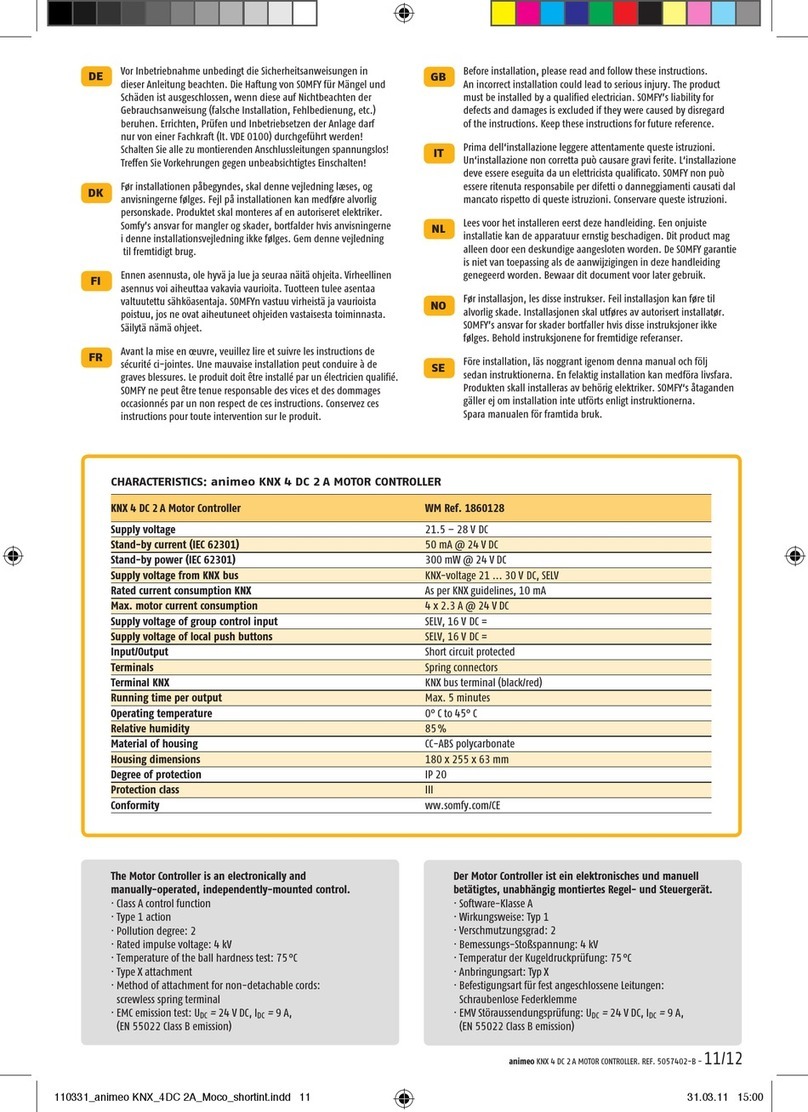
SOMFY
SOMFY animeo KNX 4 DC 2 A installation guide
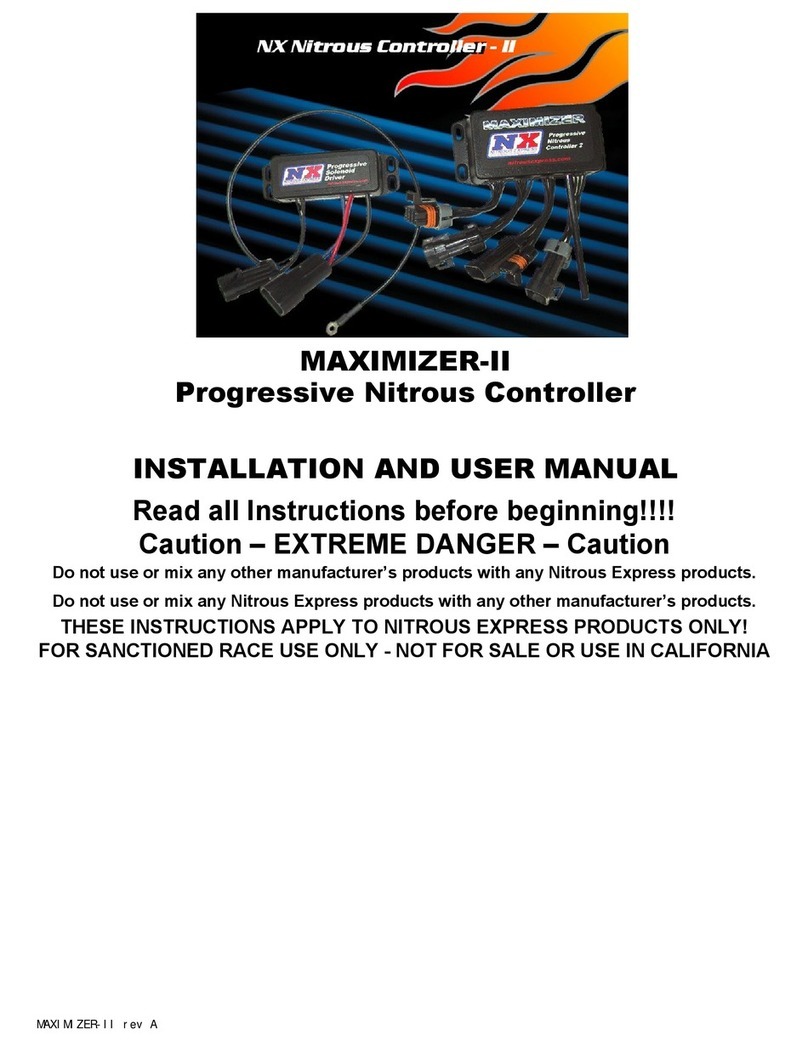
Nitrous Express
Nitrous Express MAXIMIZER-II Installation and user manual
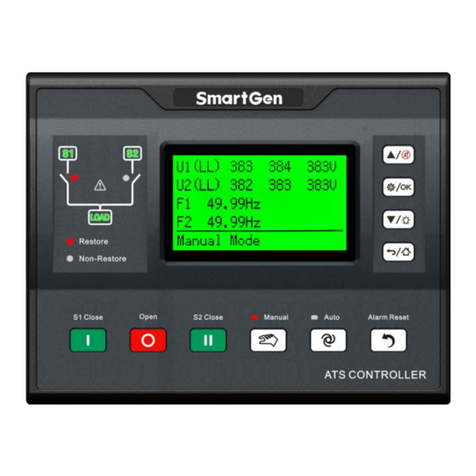
Smartgen
Smartgen HAT600R Series user manual
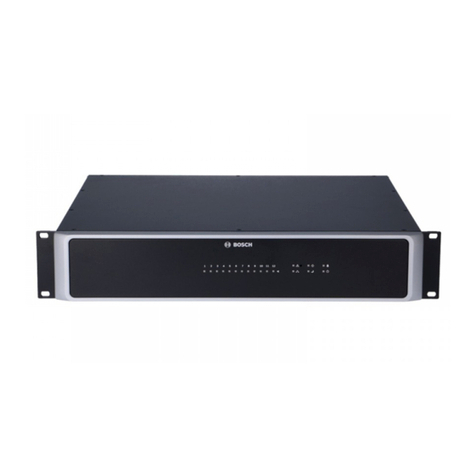
Bosch
Bosch PVA-4CR12 Operation manual
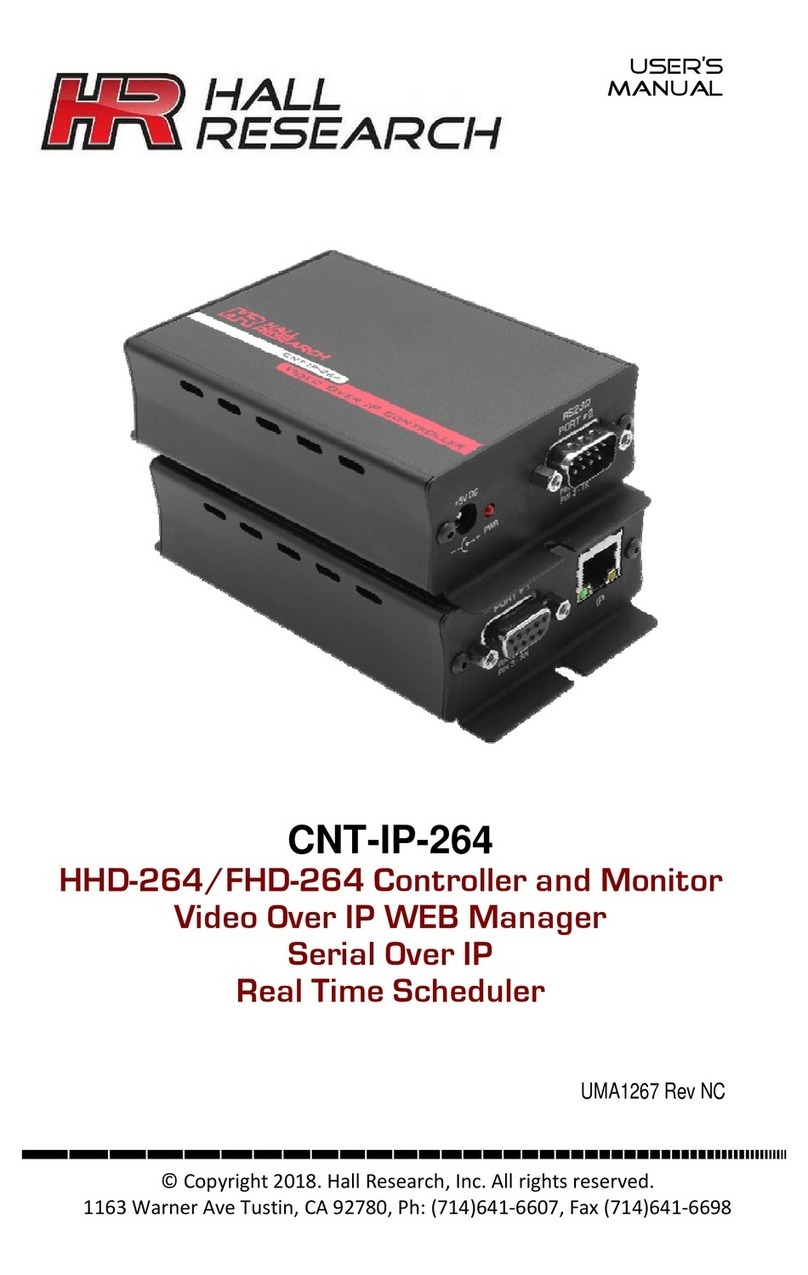
Hall Research Technologies
Hall Research Technologies CNT-IP-264 user manual
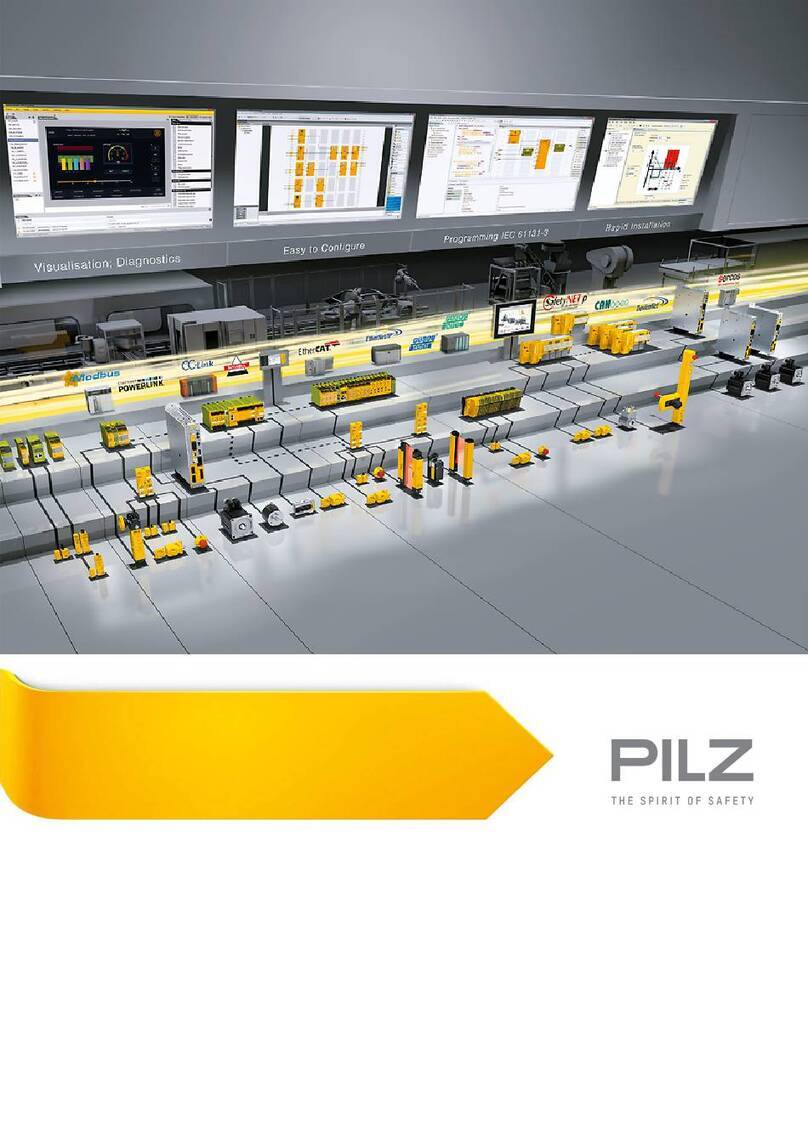
Pilz
Pilz PNOZmulti Classic PNOZ ms3p TTL operating manual
